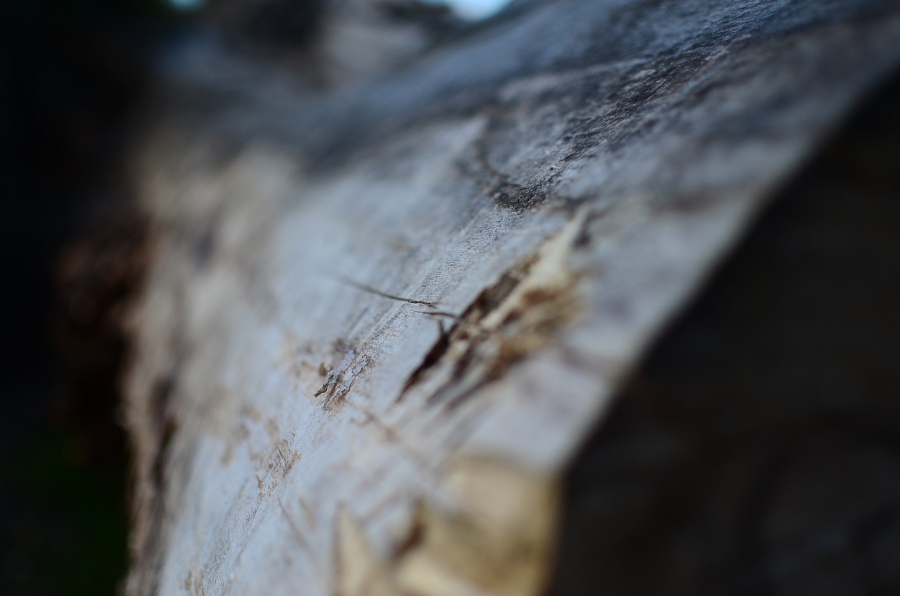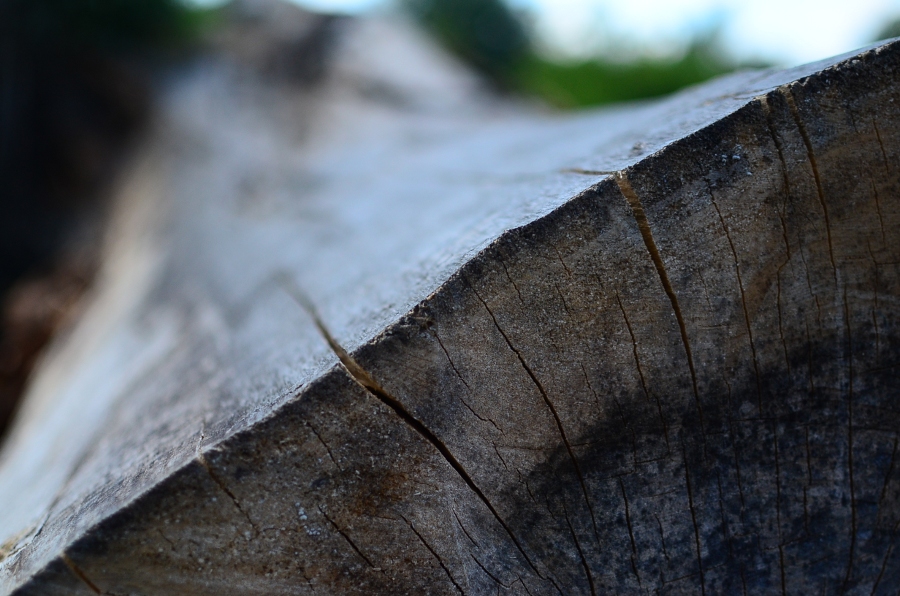Playing with highlights depth of field and more
Playing with highlights depth of field and more
Sometimes I take a picture and don’t like how it looks. Let’s see a sample shot, for me this looks quite boring (not the view or the situation but the photo). On top of that I feel the colors over saturated and disturbing. The area is located next to a river branch with a road and a tree which was broken by a storm, and later had been cut by someone. I used a Nikon d7000 camera with a 35mm f/1.8 and 16-85mm f/3.5-5.6 vr lenses. With compact cameras harder to achieve these effects (the depth of field is usually much more, which some cases preferred), but not impossible if your lens is long, or has the bright aperture.

Also with the default settings I found the colors too saturated. Let’s change a bit:
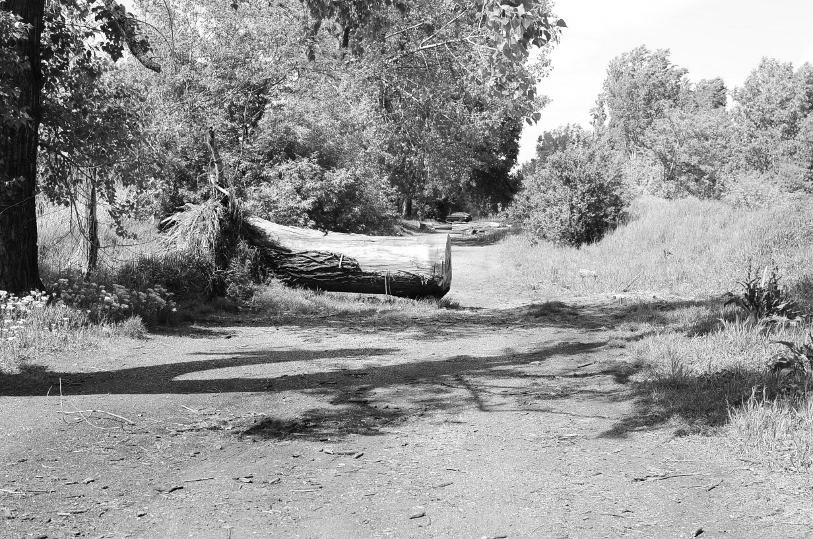
For me this looks much better, sometimes less is more. What I did here only desaturate the picture based on luminosity using the free Software Gimp. But let’s change a little bit more:
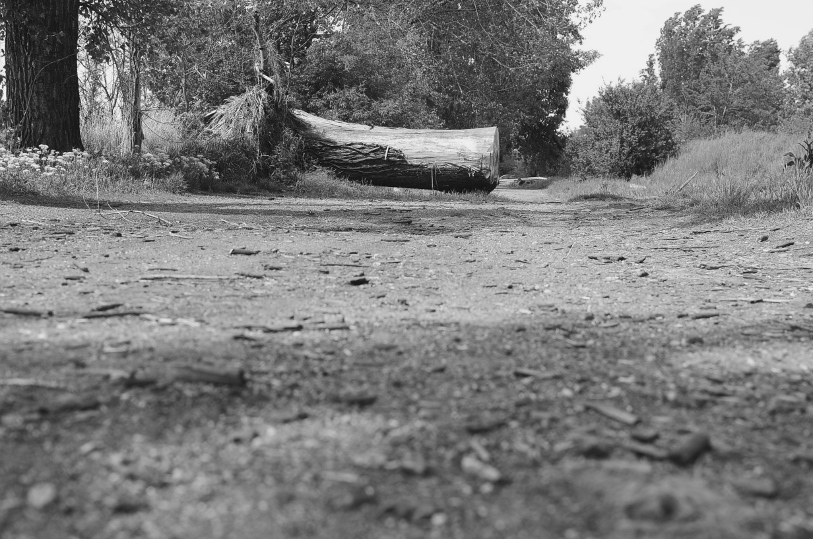
What I did for this shot I put the camera in lower position app. 20cm from the ground looking forward direction. I like this perspective a lot, many cases better or more interesting than the normal eye-level perspective according to my opinion. Especially interesting in water level as well. This perspective is widely used in films as well (recently I see films how they filmed the clips which angle, try to guess focal length, etc). Also lowered the contrast a bit on the sample pics, this way I feel more natural.
Many cases I do not like the scene as it is: there is a huge water covered area with a straight shoreline, no hills, or buildings, just several trees, reed and grass. This situations I try to select some part of the scene and work on it a bit. My idea was to play little bit with the depth of field, define a foreground and a background and separate them with a blur effect or bokeh. In this case I want a sharp subject, which looks nice with good detail, with a more blurred background.
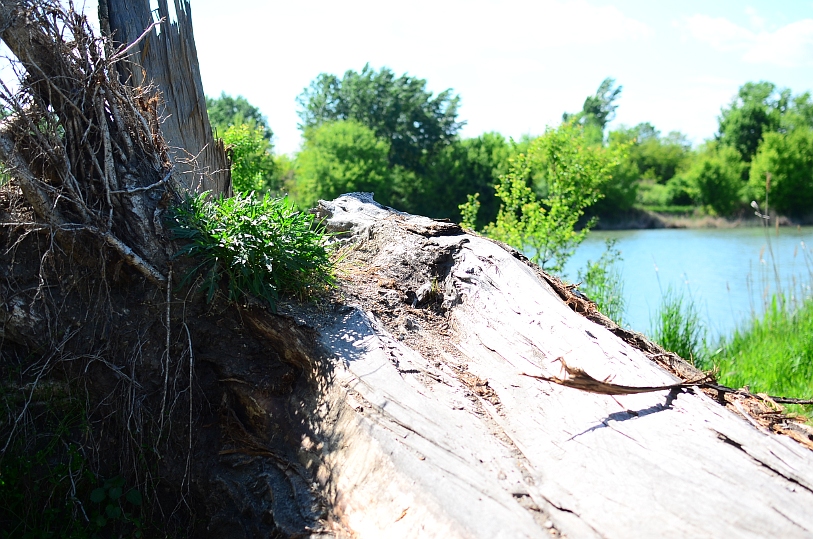
To make this separation the most useful are bright lenses or telephoto lenses which usually blur the background more than the standard wide angle lenses. Best to focus at closer distances using bigger apertures, depending on the effect. If the background is more far this helps as well.

This picture looks more interesting, the the first one. The shallow depth of field helps as well to hide the white garbage at some extent on the frame.
Difference between a bright and a small aperture
At below pictures you can see how much is the difference regarding blur between f/1.8 and f/16 aperture of the same lens regarding background blur. If we want to blur the background the most effective factor is put the lens close to minimal focusing distance, or really close (closer then 1m let’s say). In this case it is 30cm from the sensor plane (it is usually written on the lens front or somewhere).
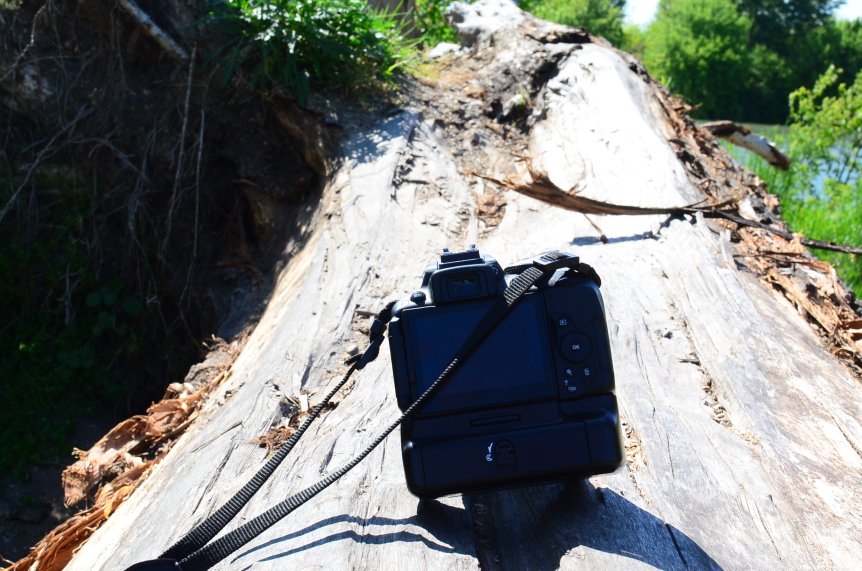
Nikon 35 f/1.8g DX at f/16
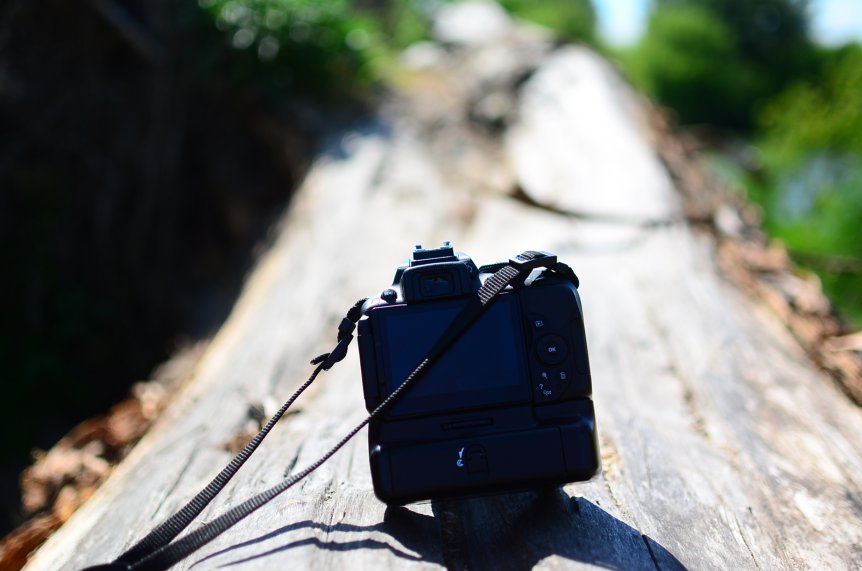
Nikon 35 f/1.8g DX at f/1.8
Using highlights in the composition – Playing with highlights depth of field and more
My other idea was to use highlights to make the pictures more interesting. To create this highlight effect we need a light source in our frame (the easiest is a traffic lights, car lights or Xmas lights in the background at dark situation, or the sun among the leaves, etc). In this case I faced to sun and the use reflecting water surfaces. The subject is usually in the front part of the image, the highlight must be behind in the out of focus area. To see how to create this interesting highlight switch our lens to manual mode directing toward the light source and defocus from the light. At certain points we see this interesting looking round bright forms.

Click on the picture to see the preferred size, in optimal case the foreground plant would be in focus and the background highlights are out of focus at a preferred level, but this case I concentrate only for the background highlights in manual focus.
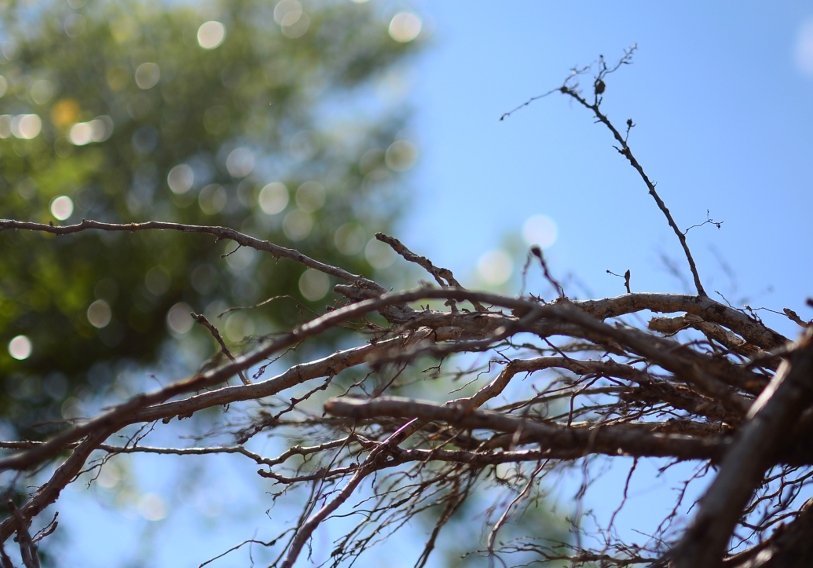
Macro type of shots
If we want to blur the background we must go closer or use longer focal lengths which both can result in macro type or macro looking shots, like the ones below. Generally this is not my goal, as usually I like the picture looks like what I see with my eyes. If I want macro use a true macro lens. But sometimes these shots also can be interesting.

